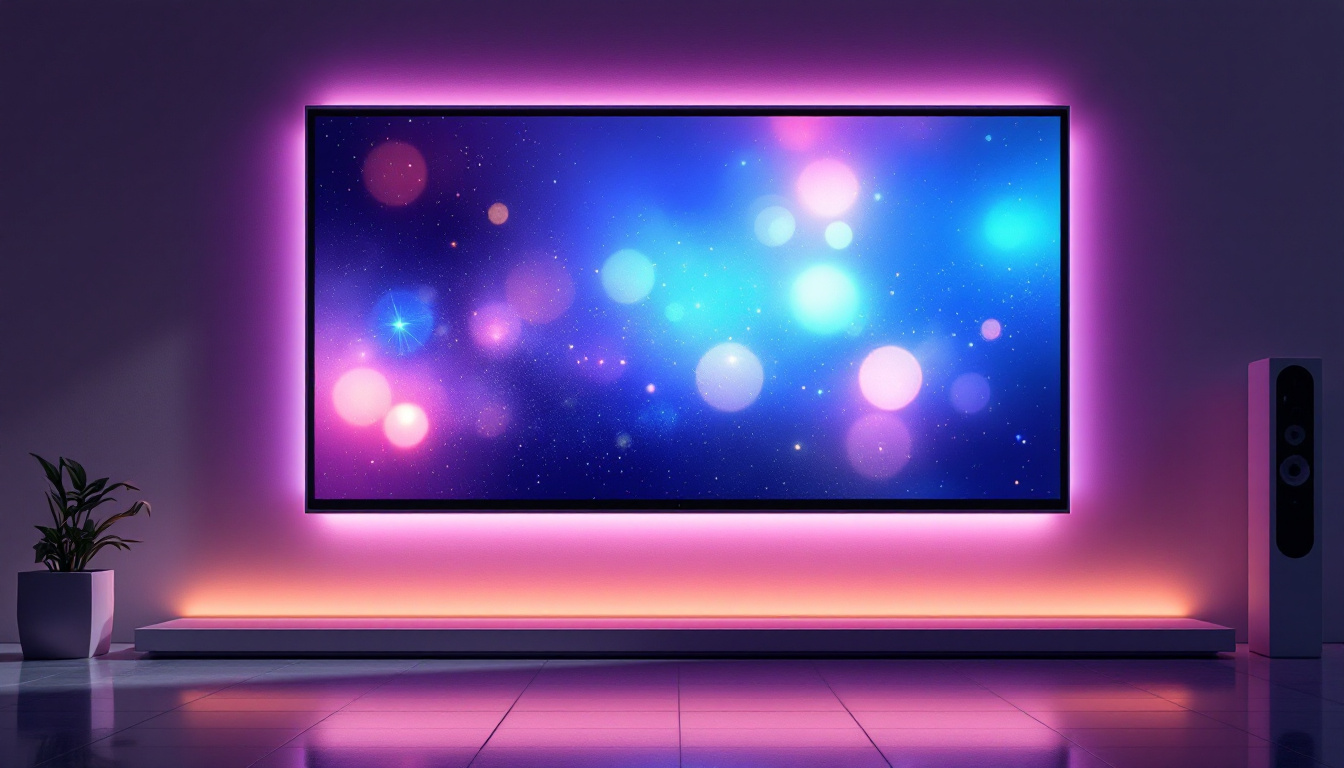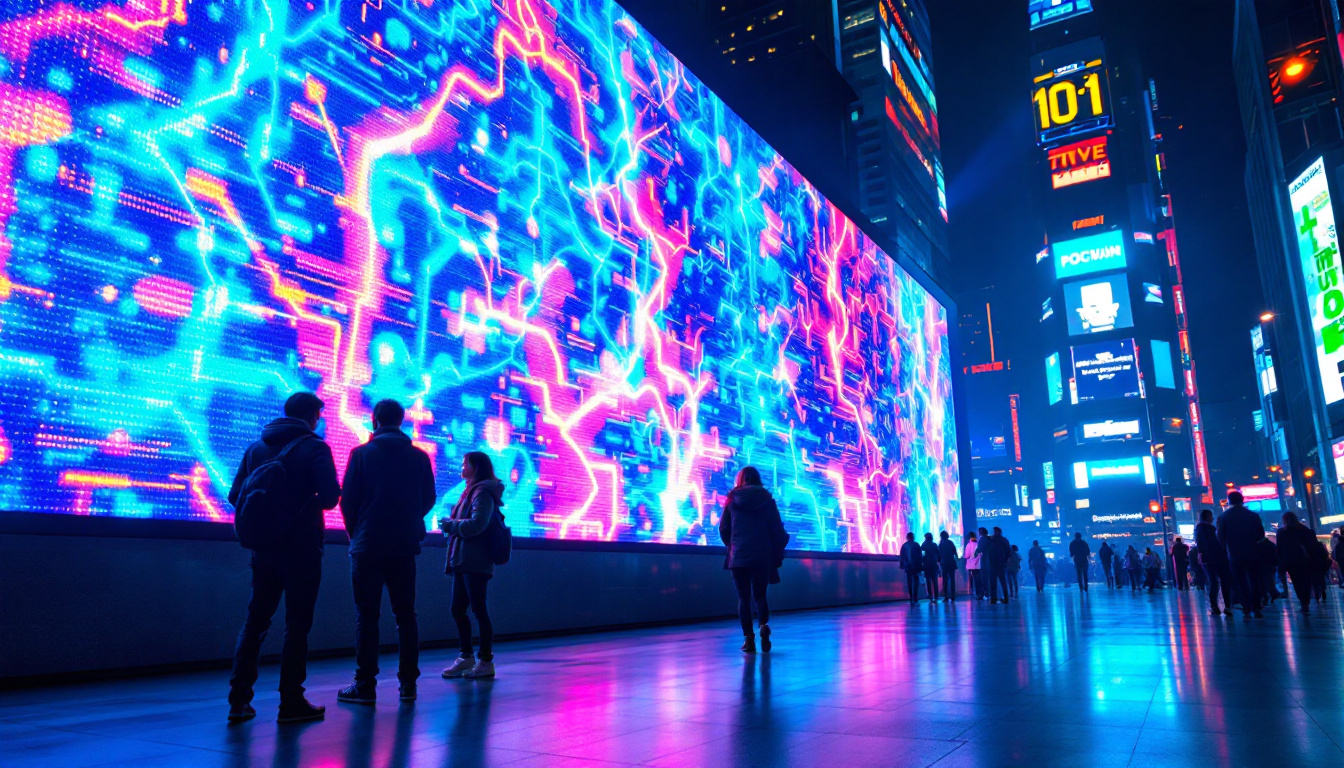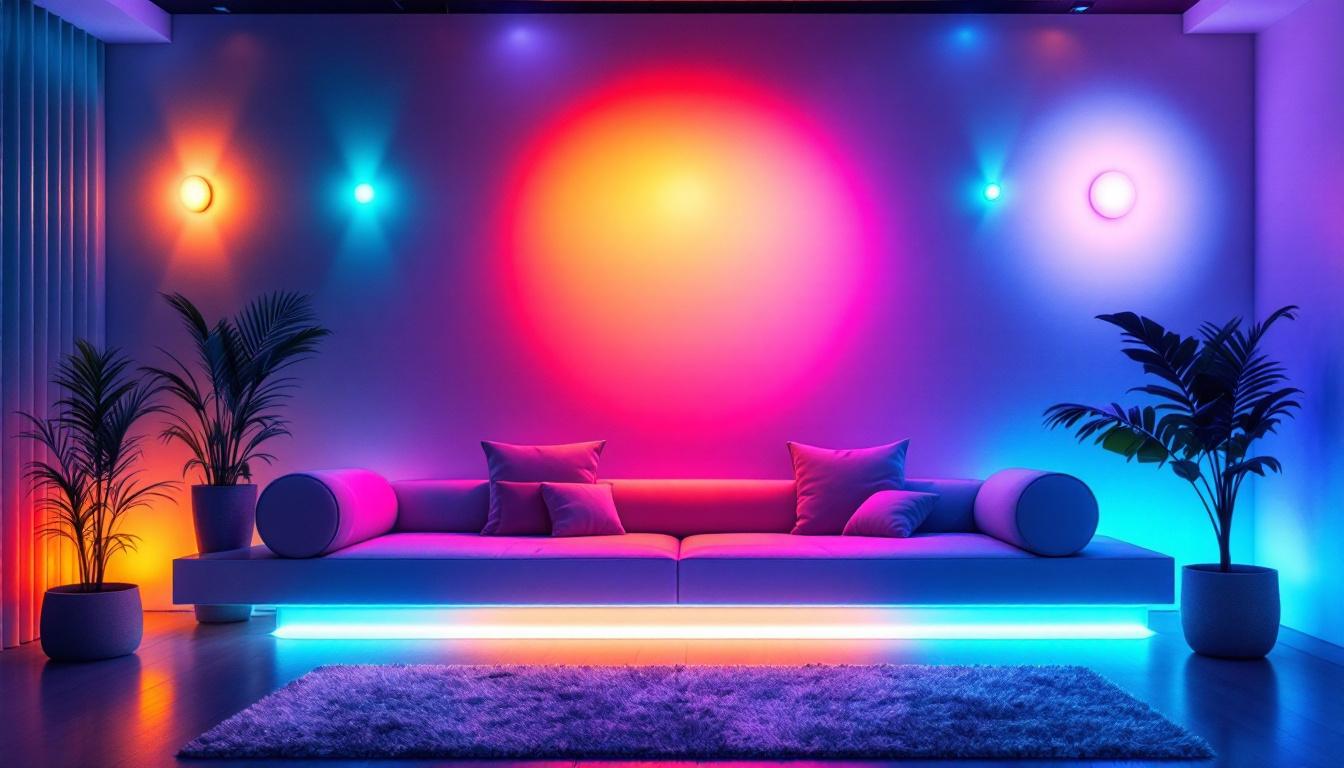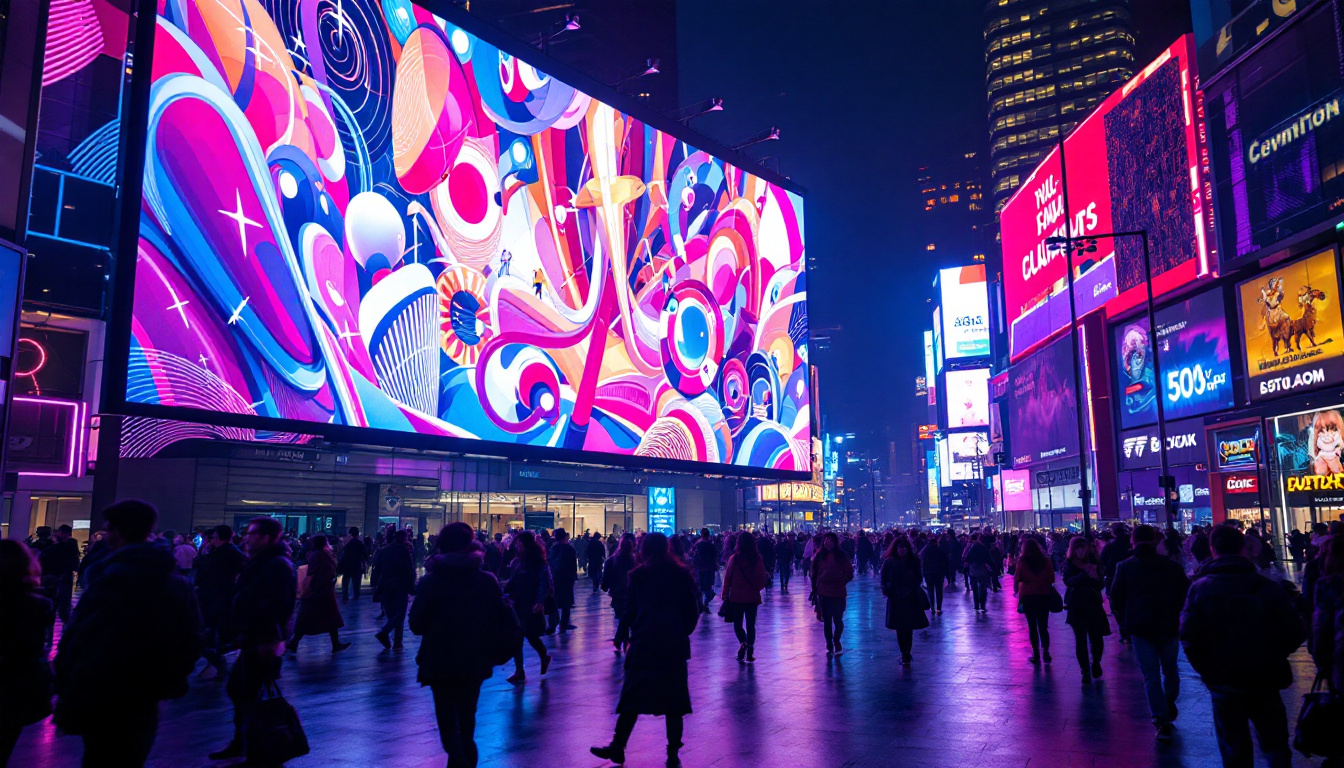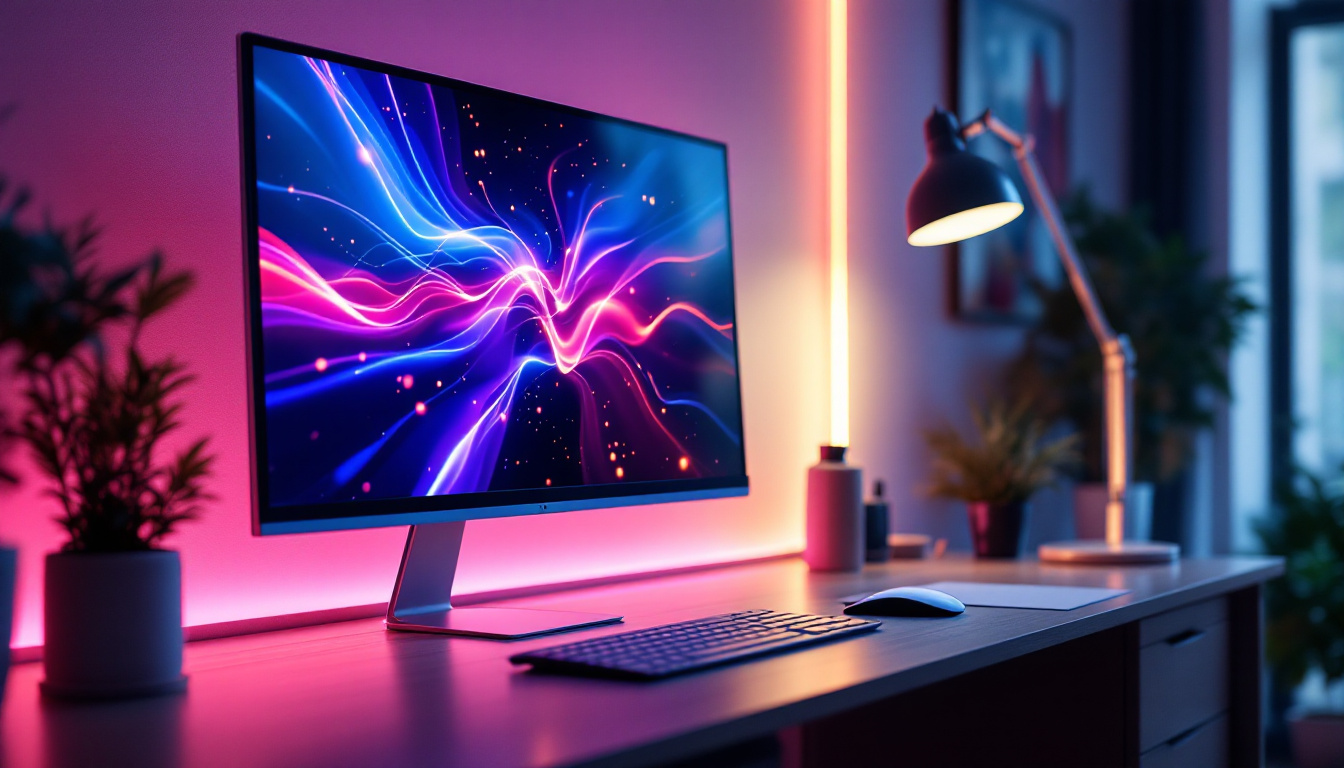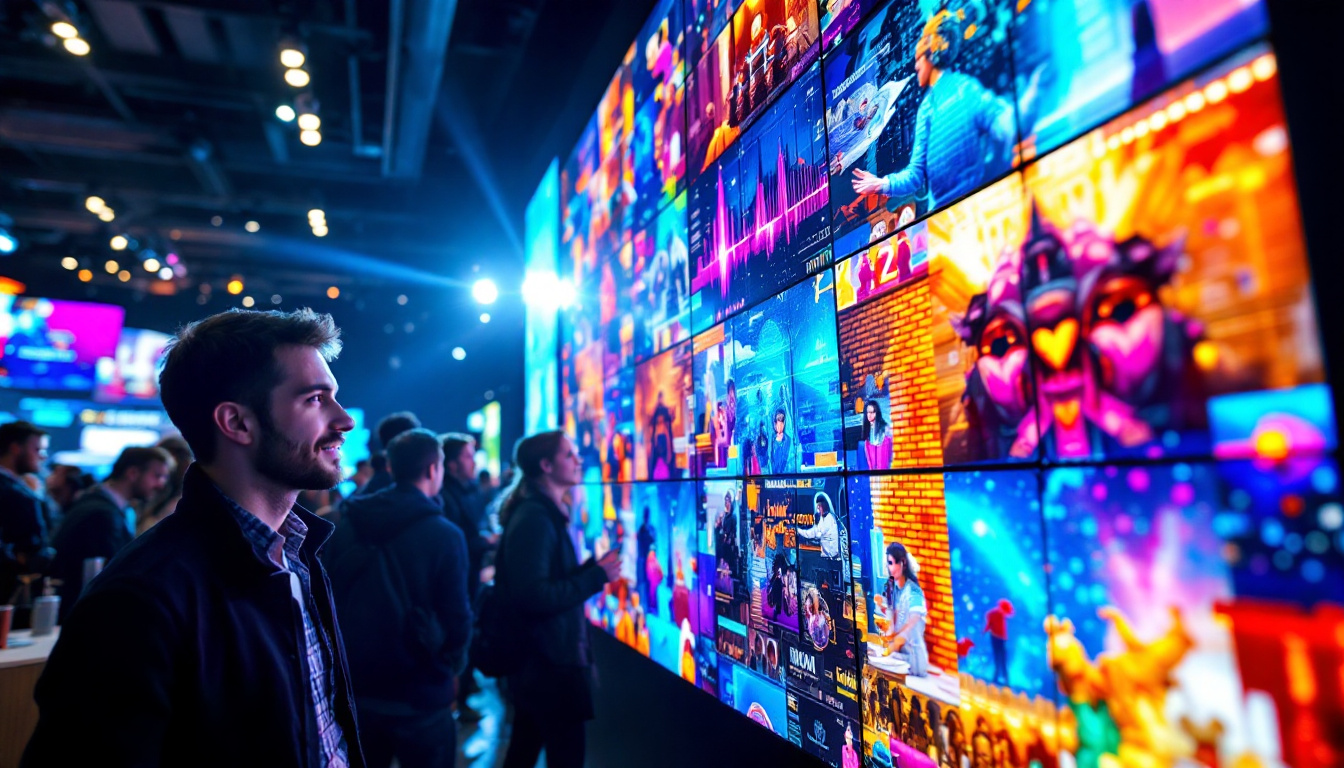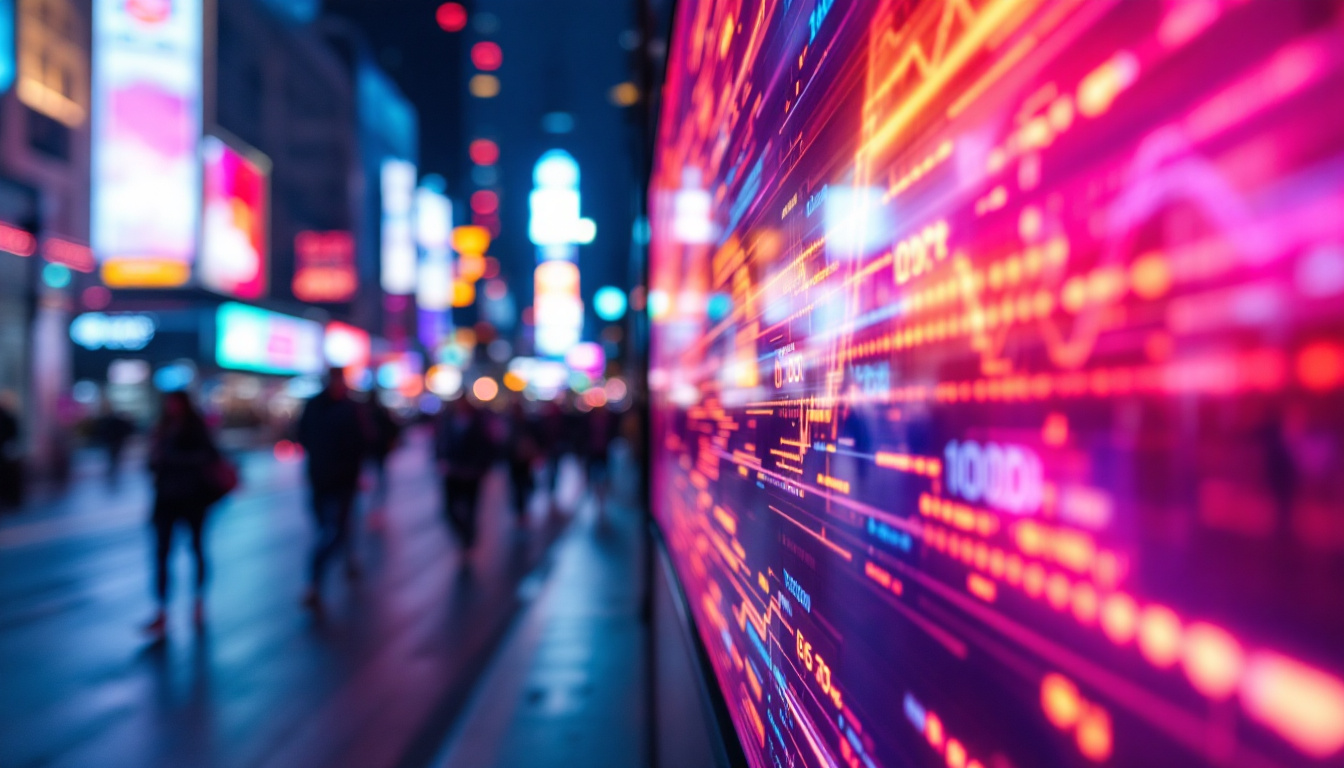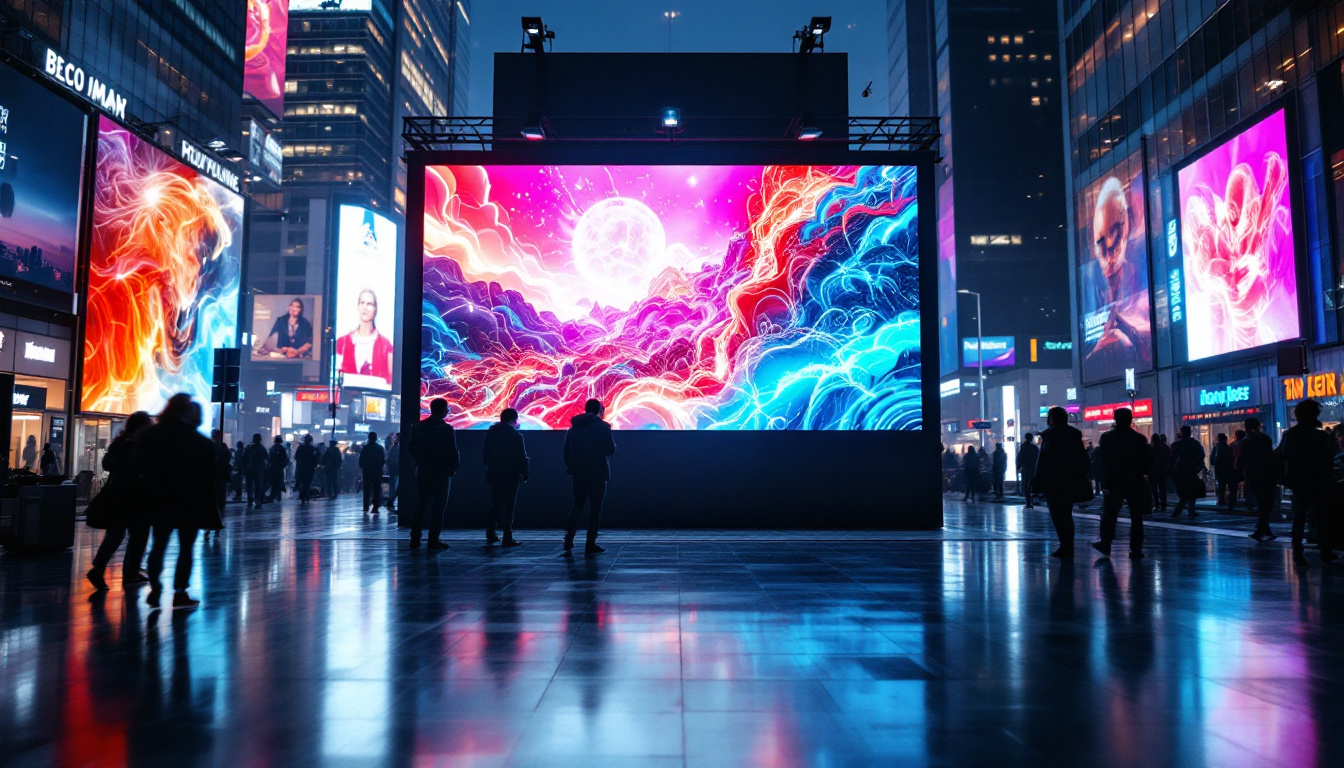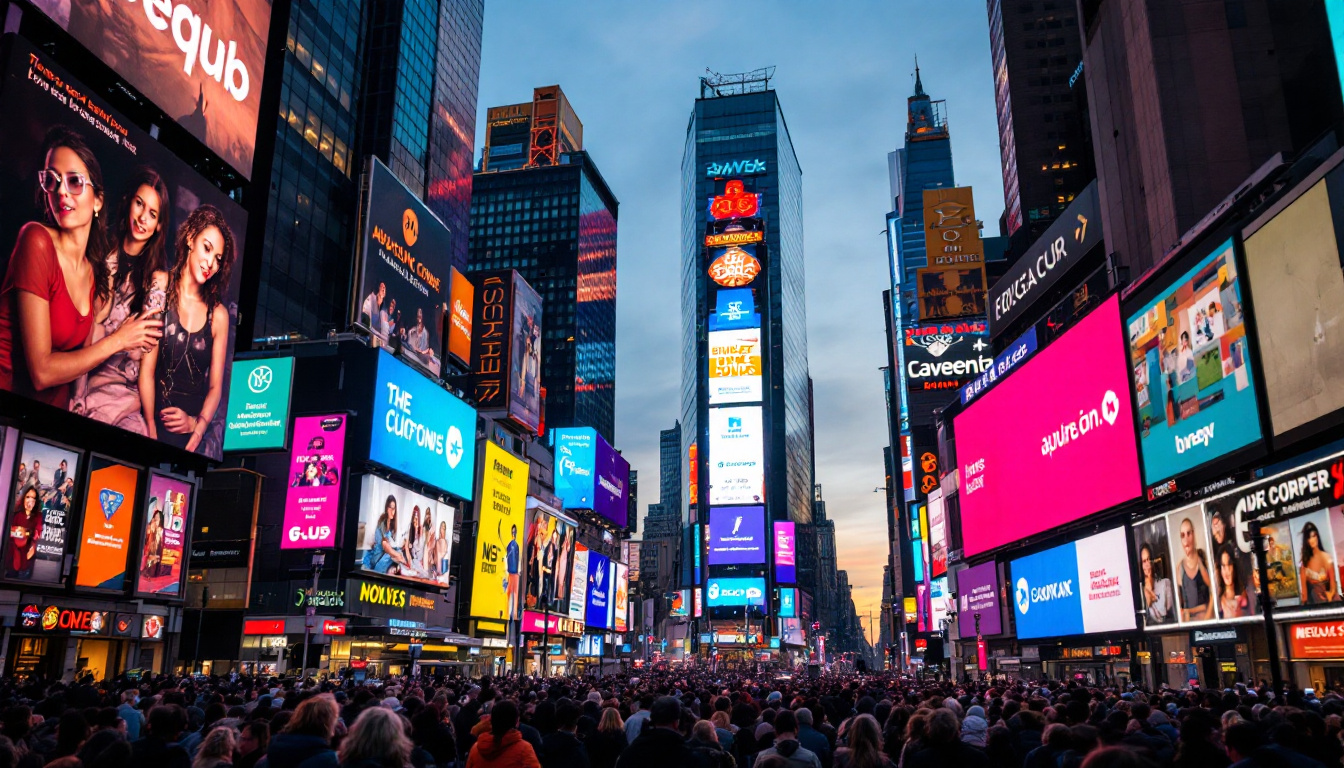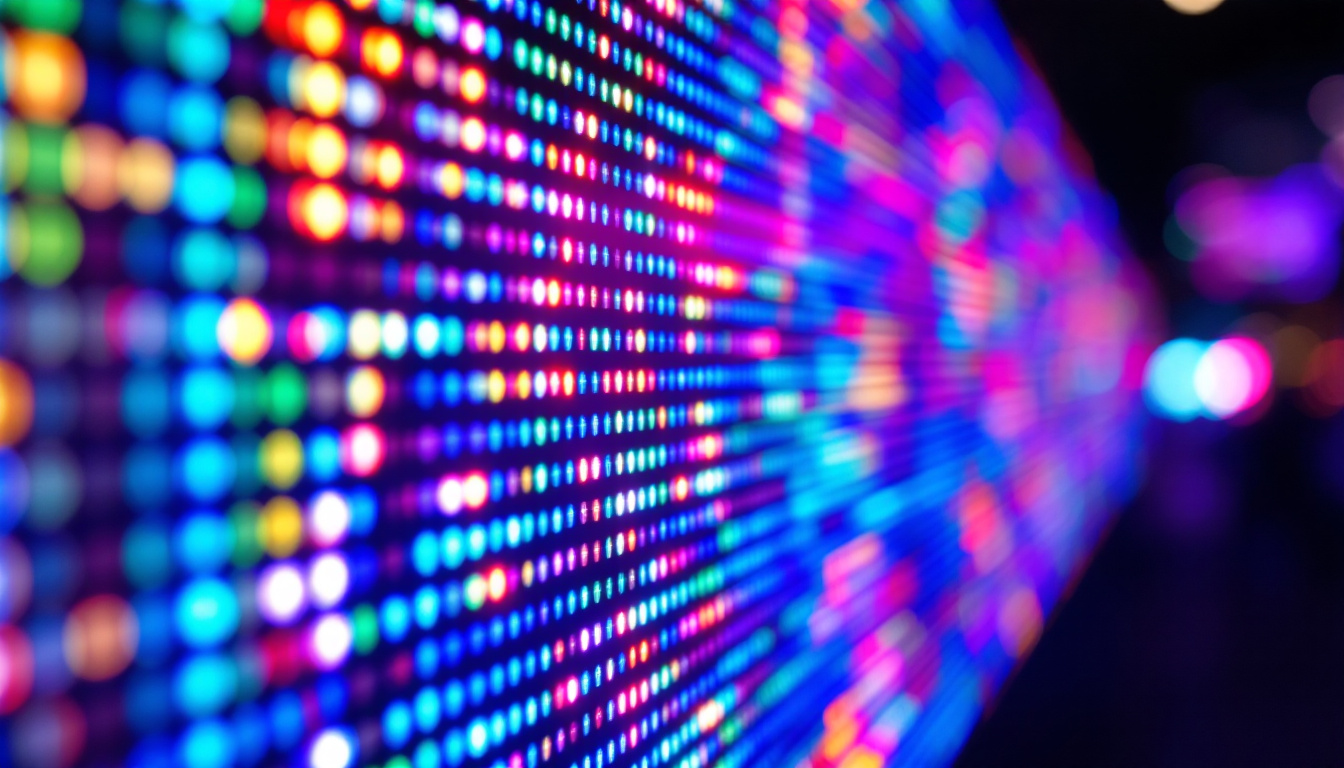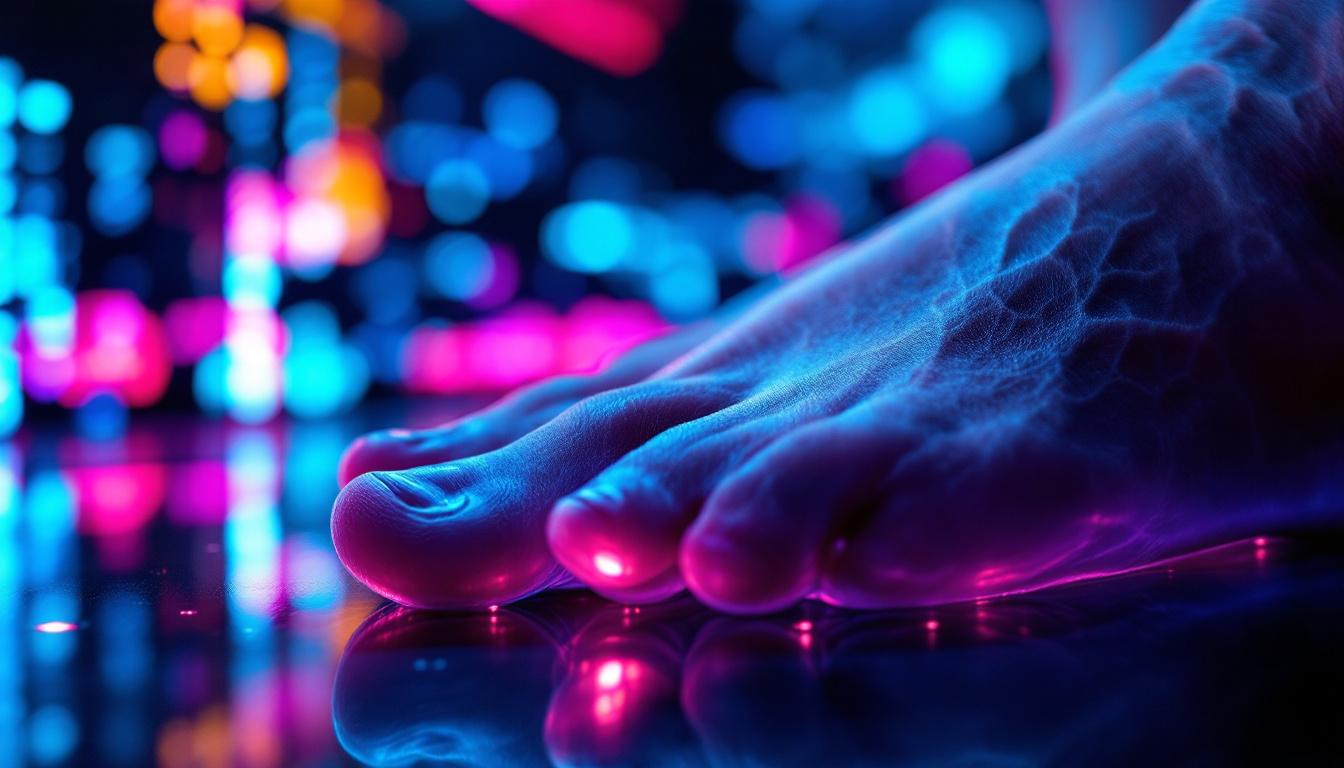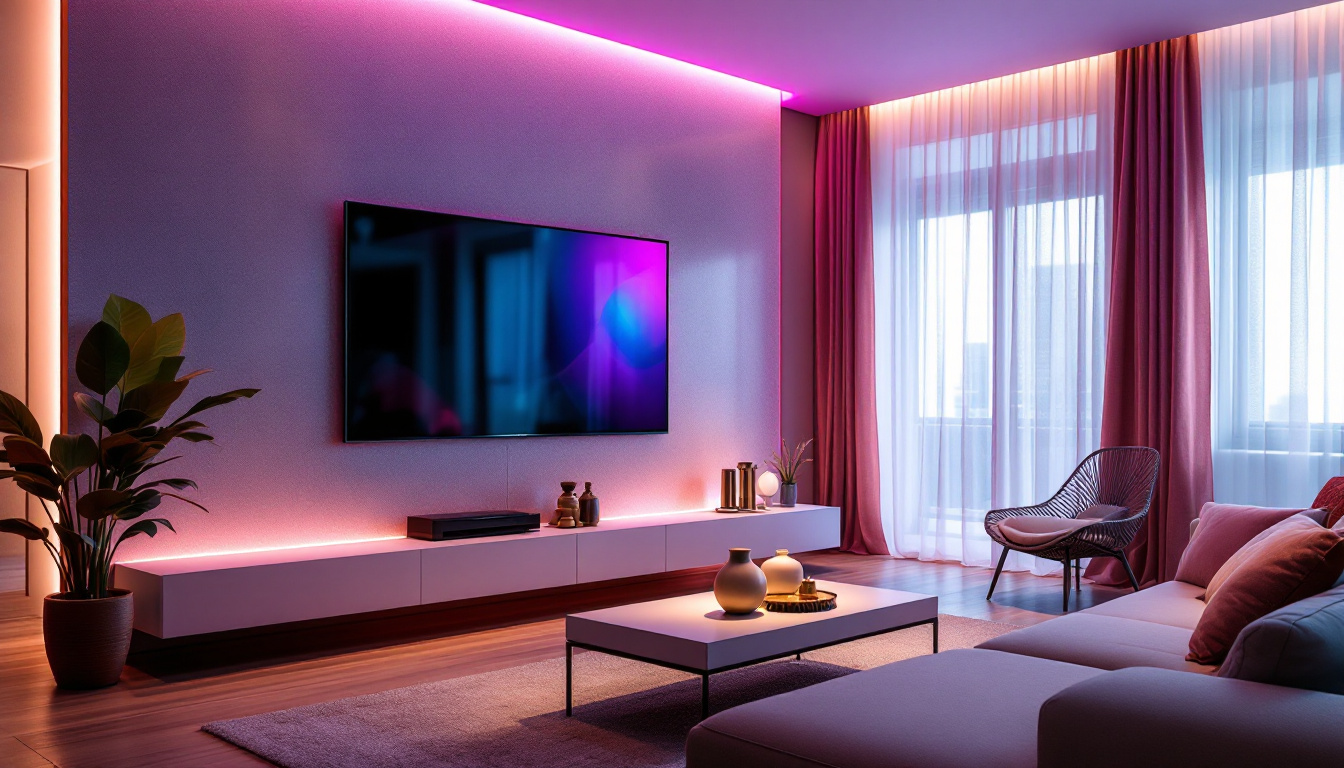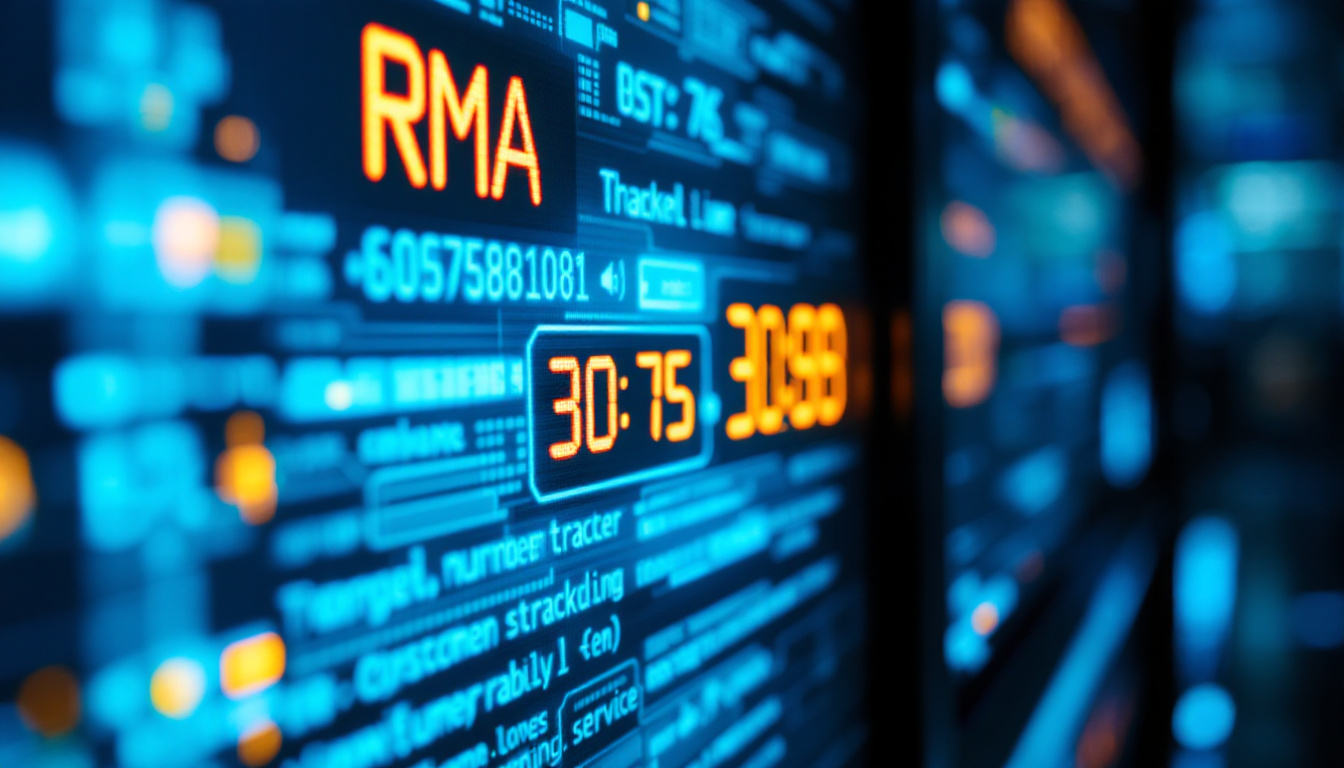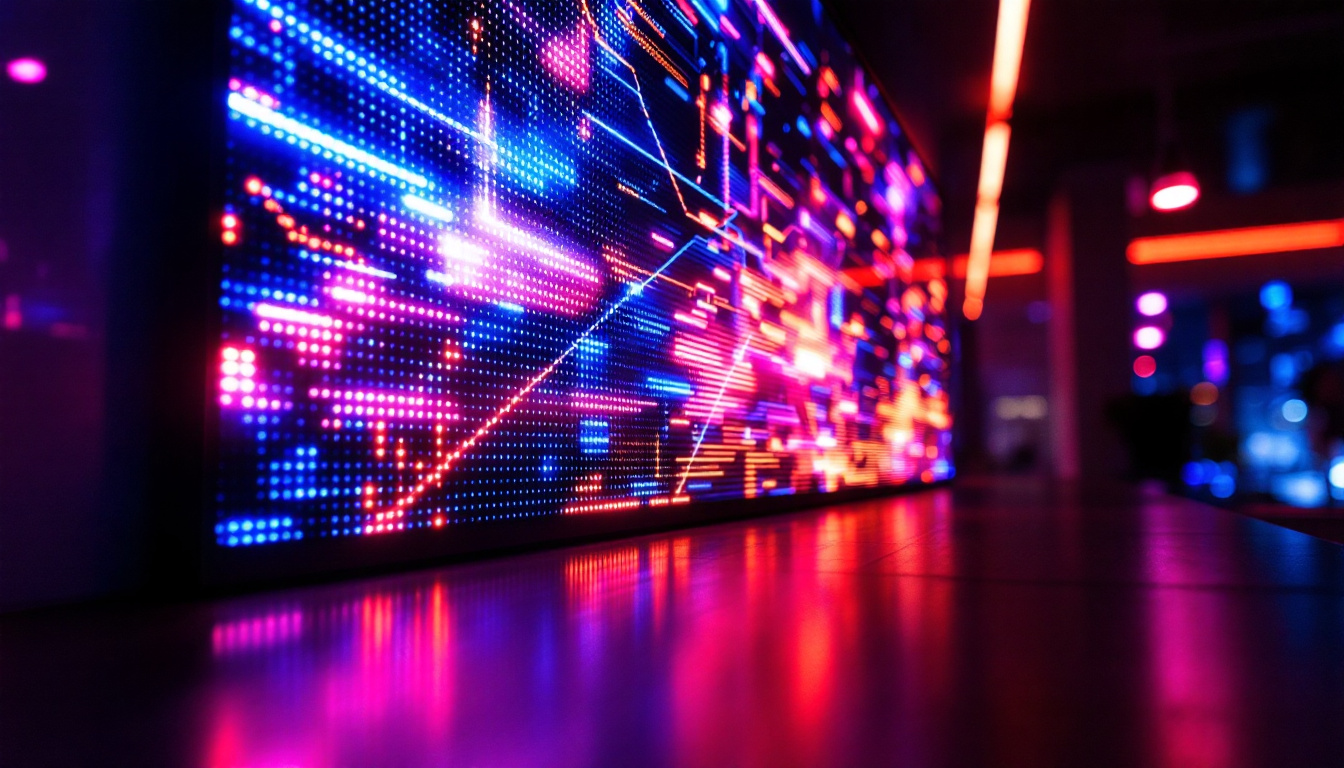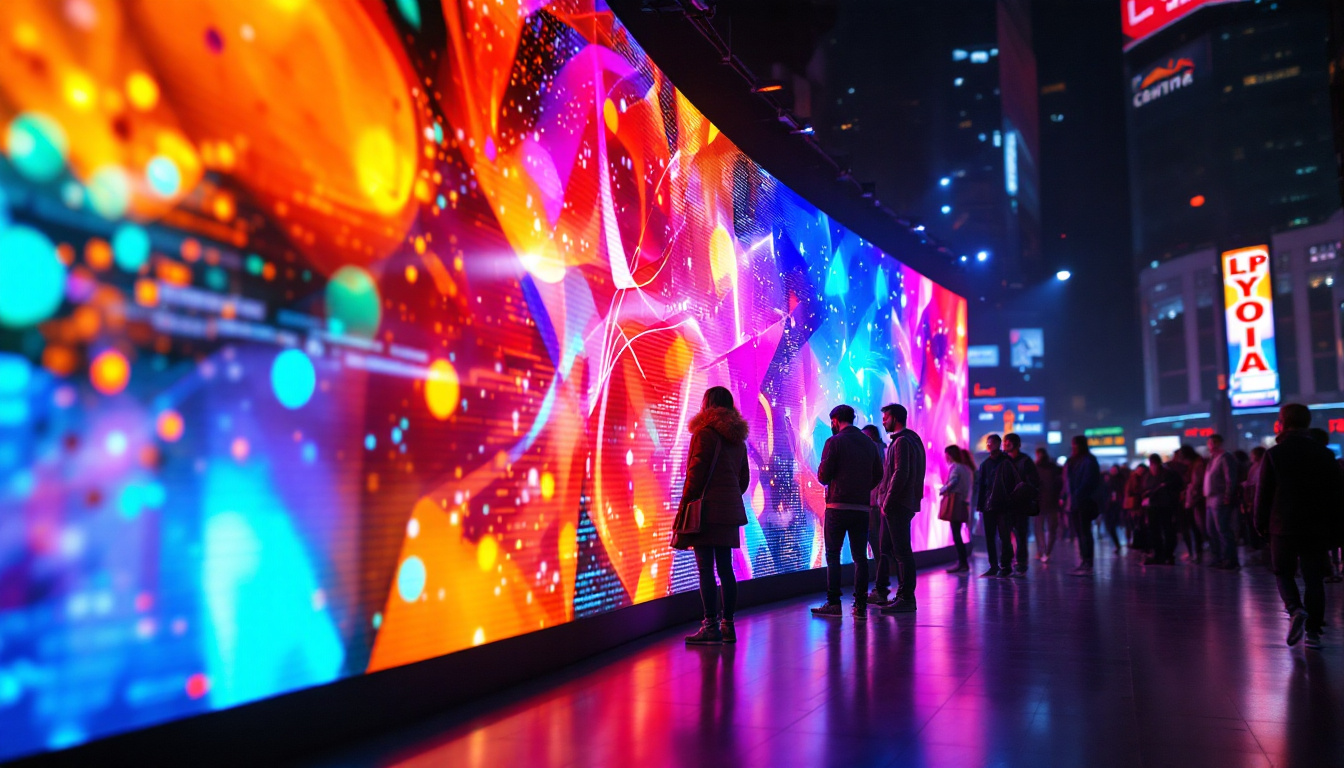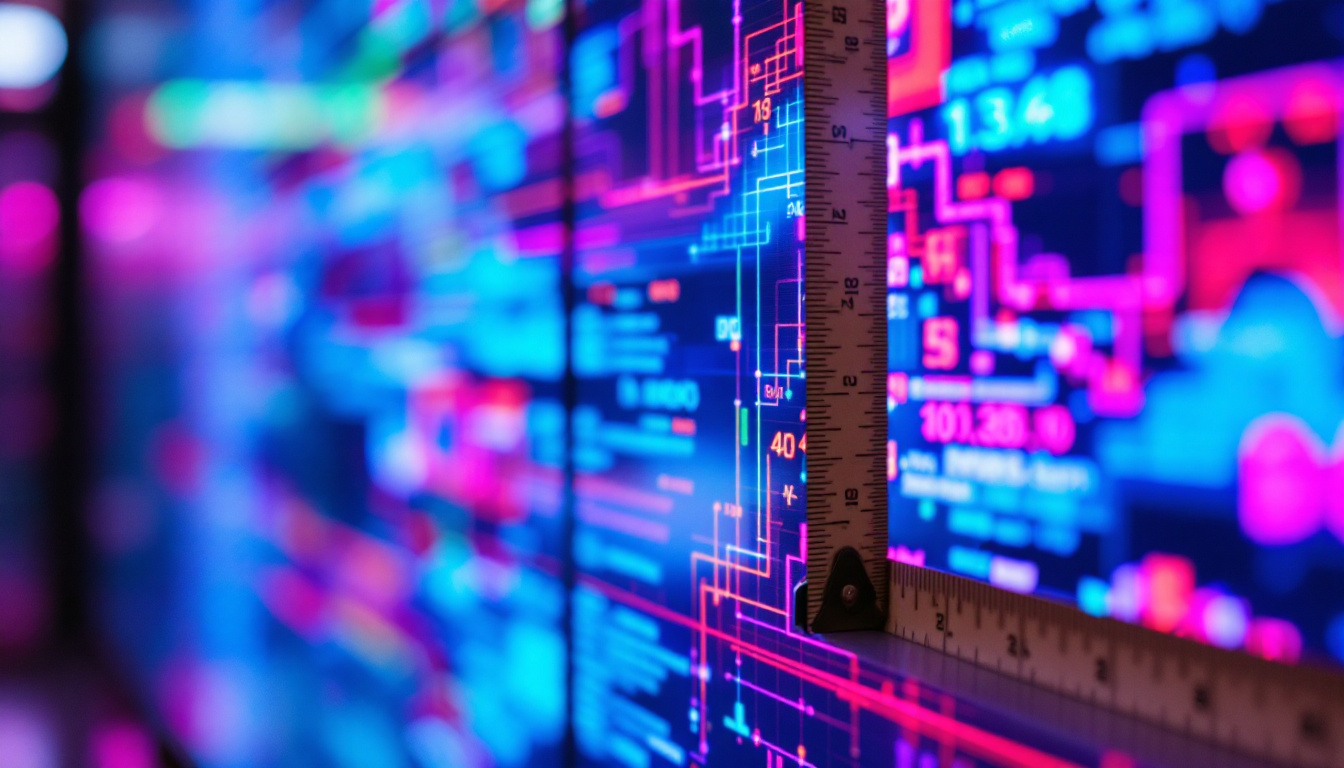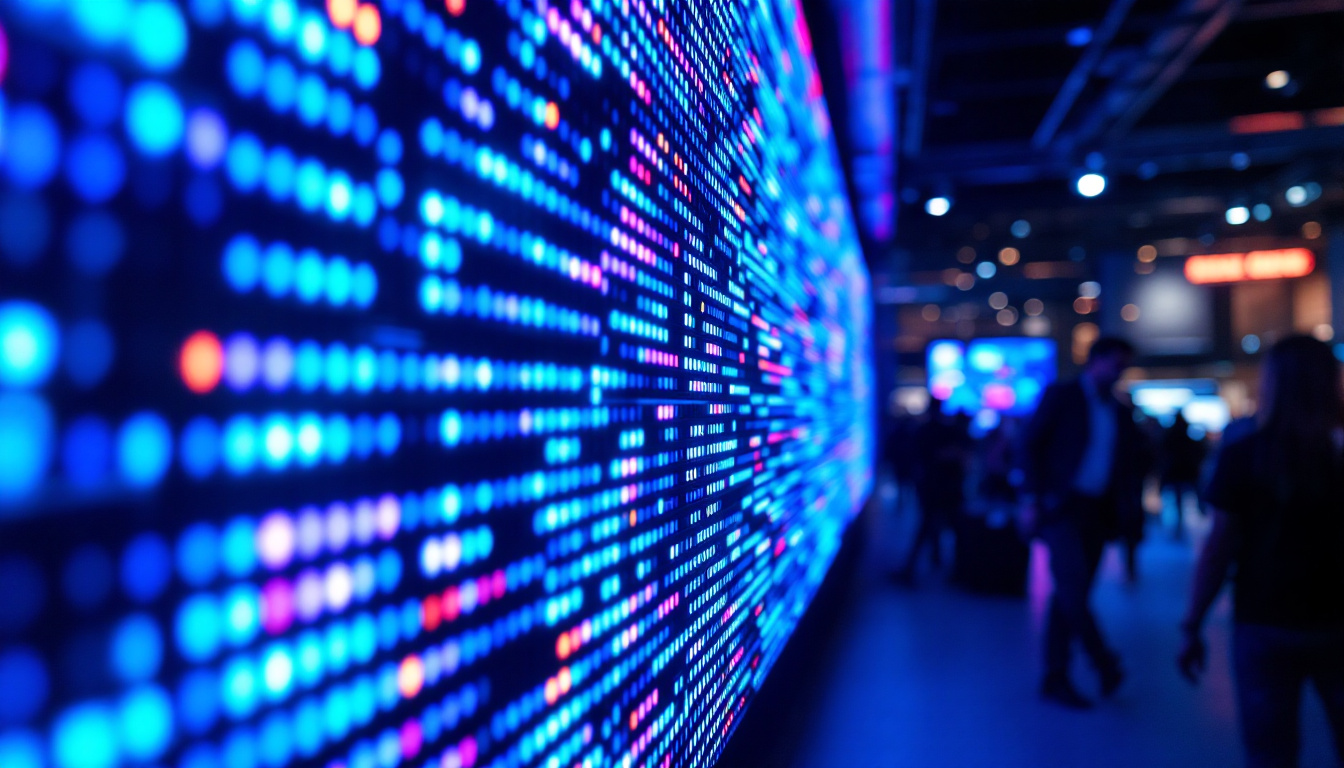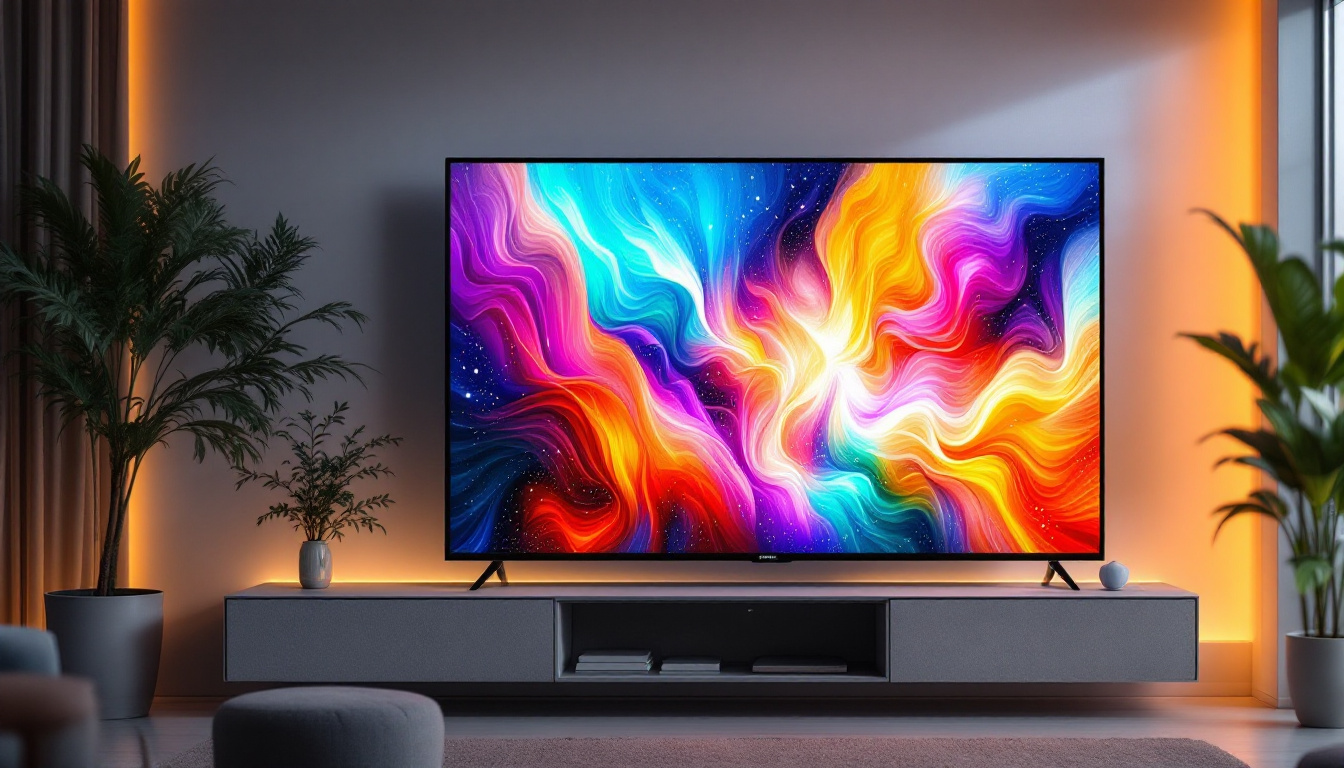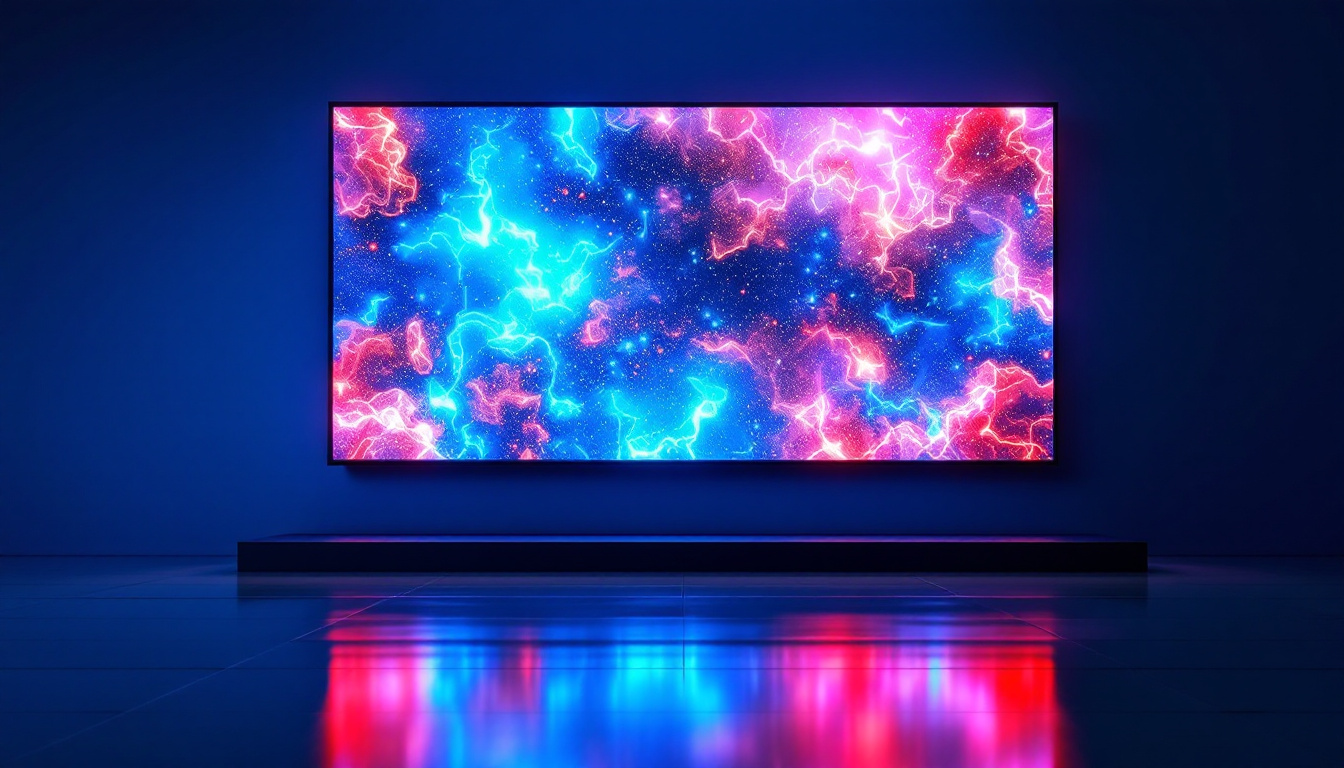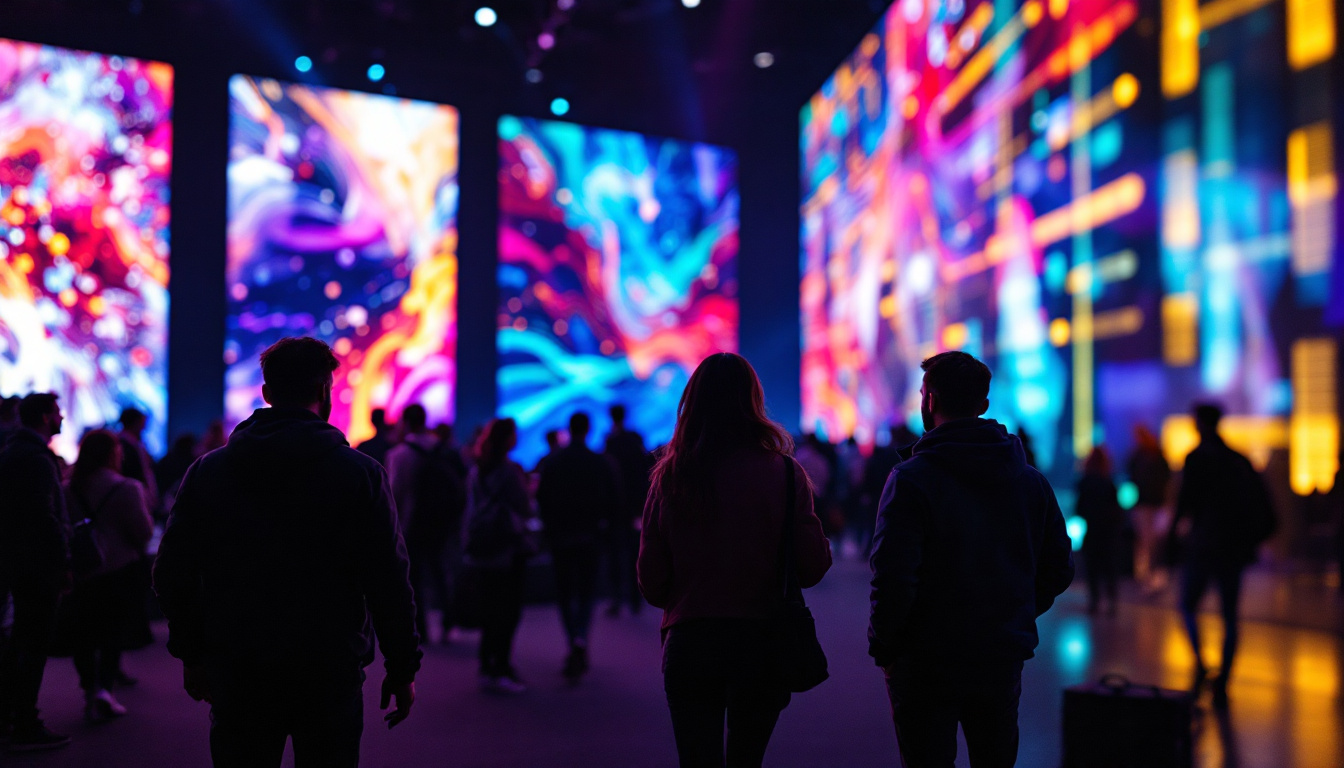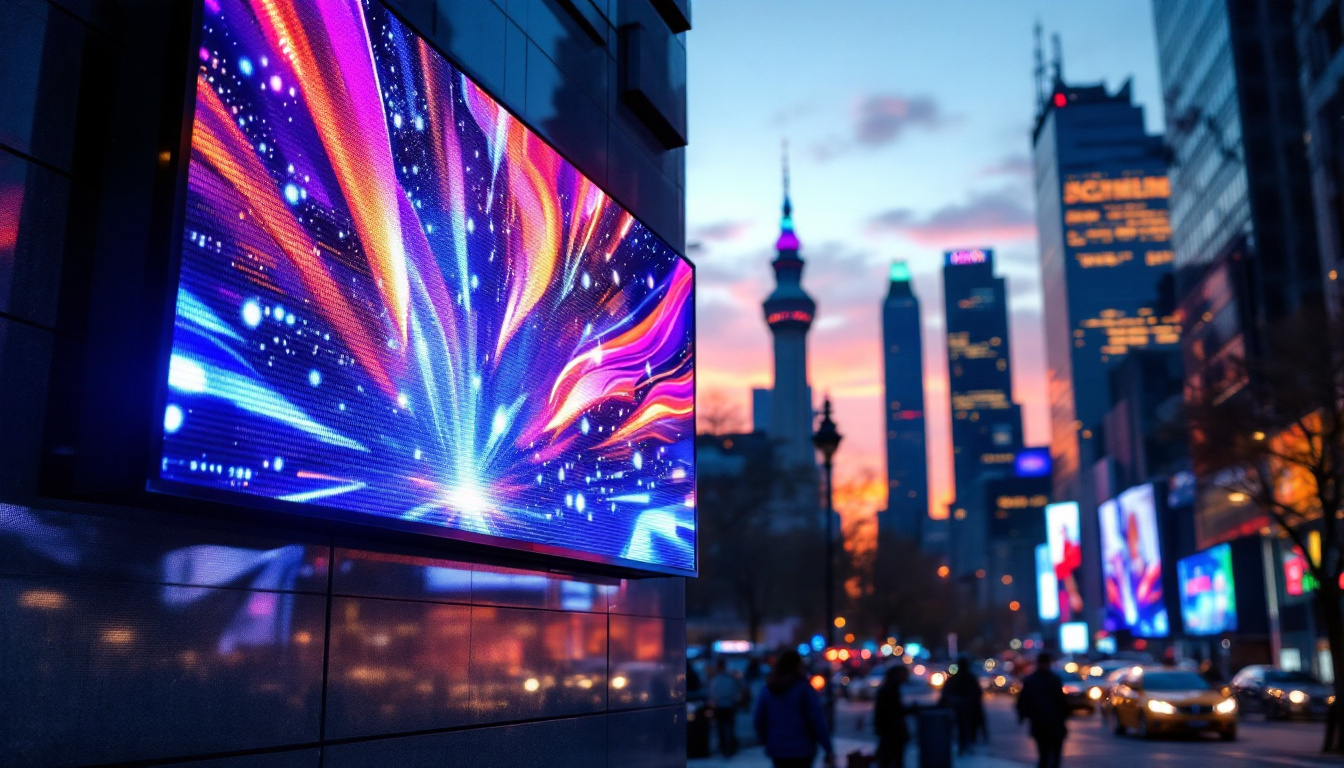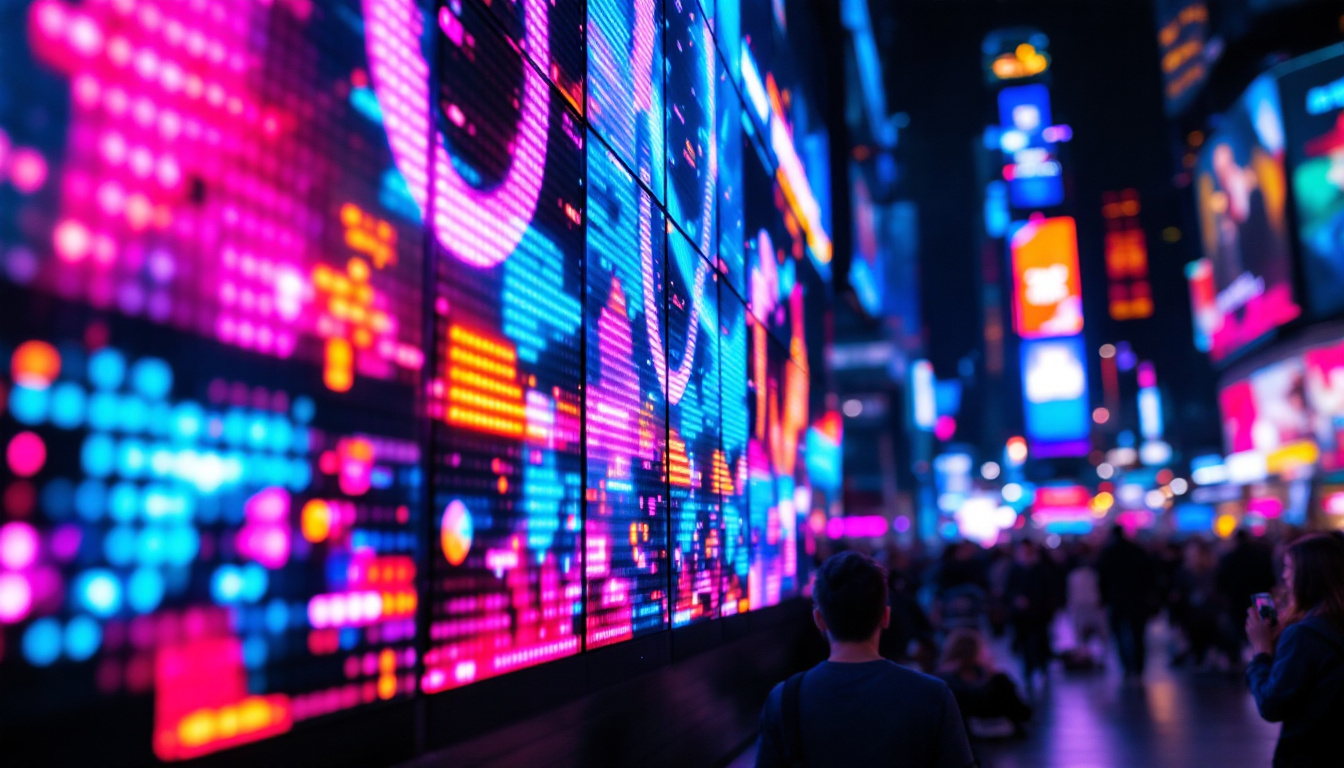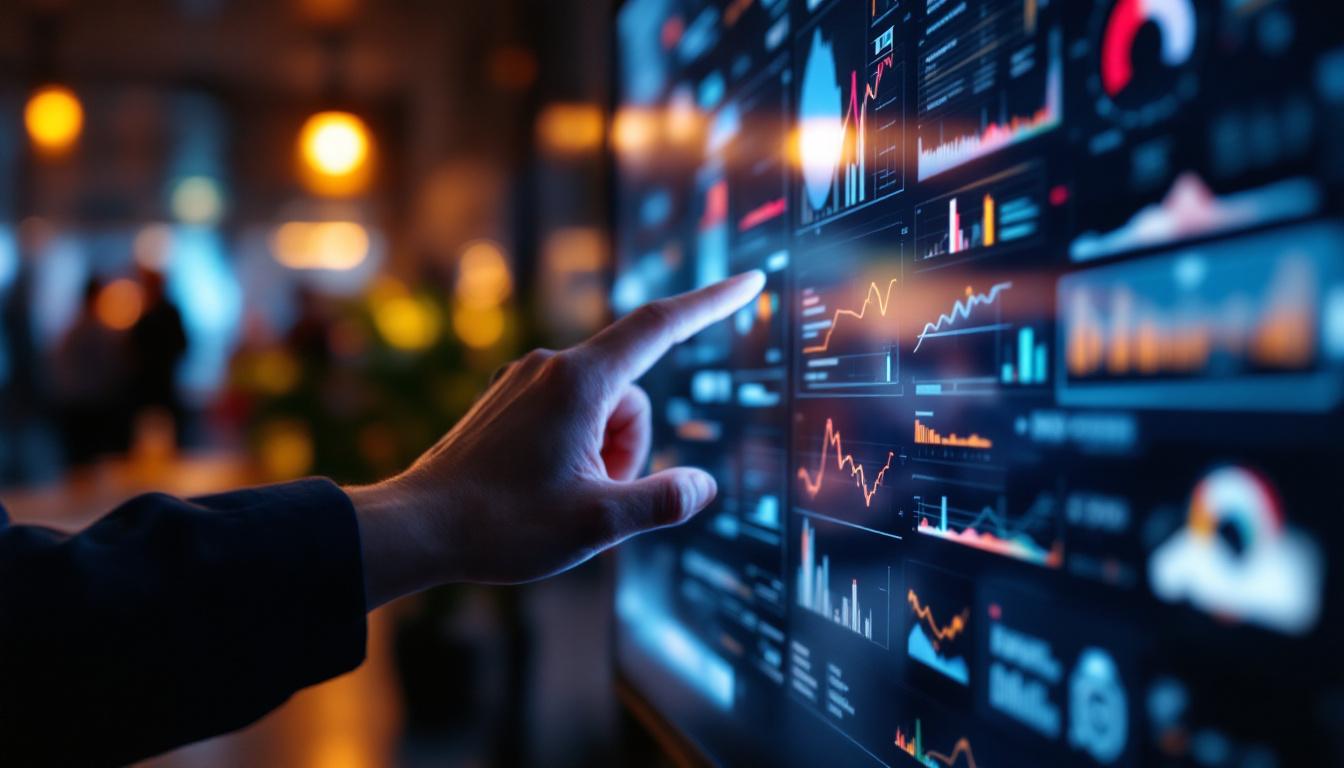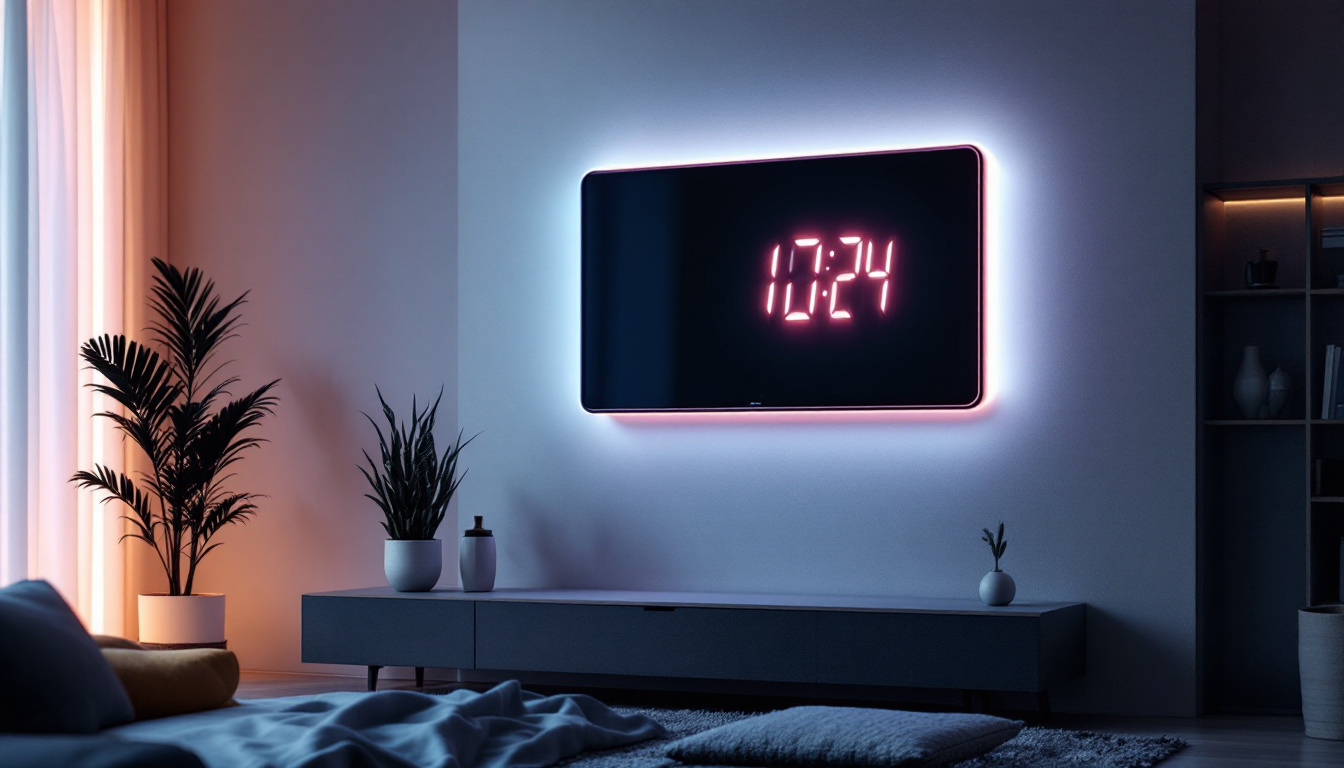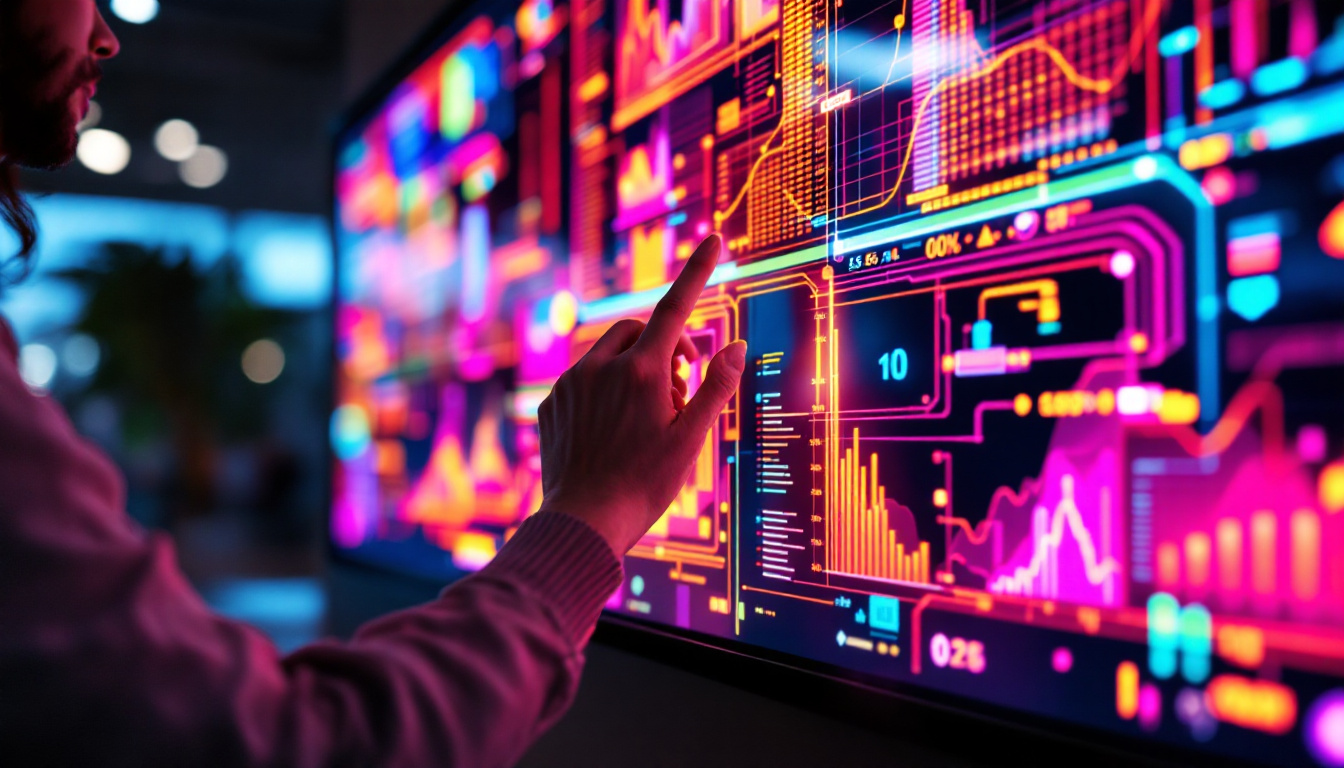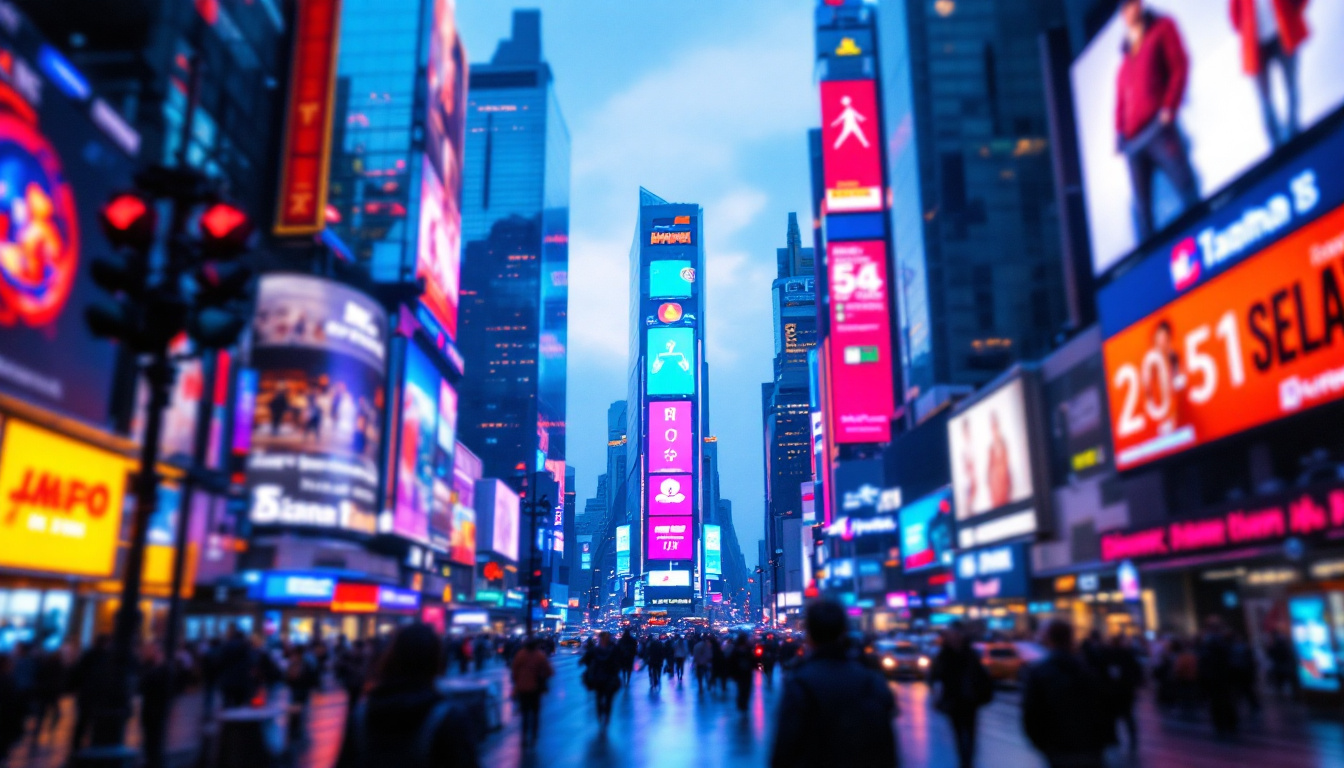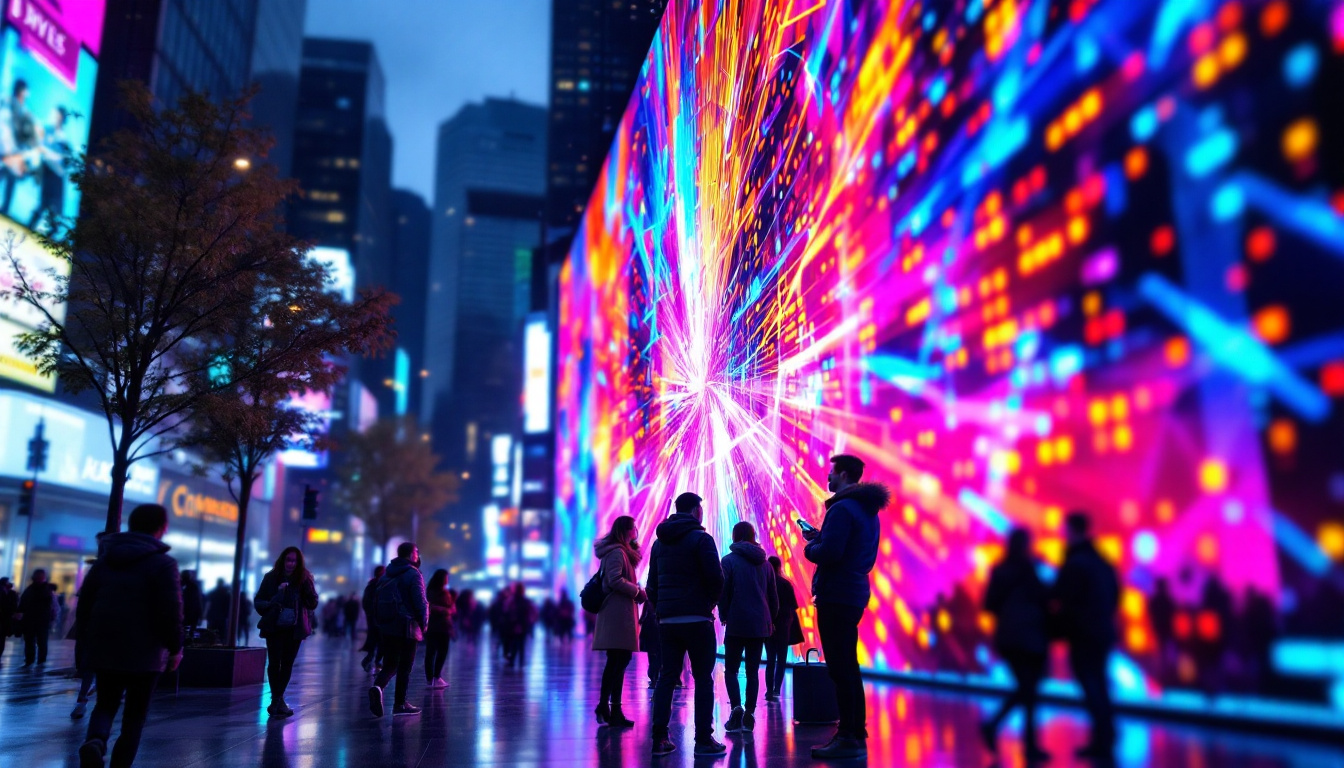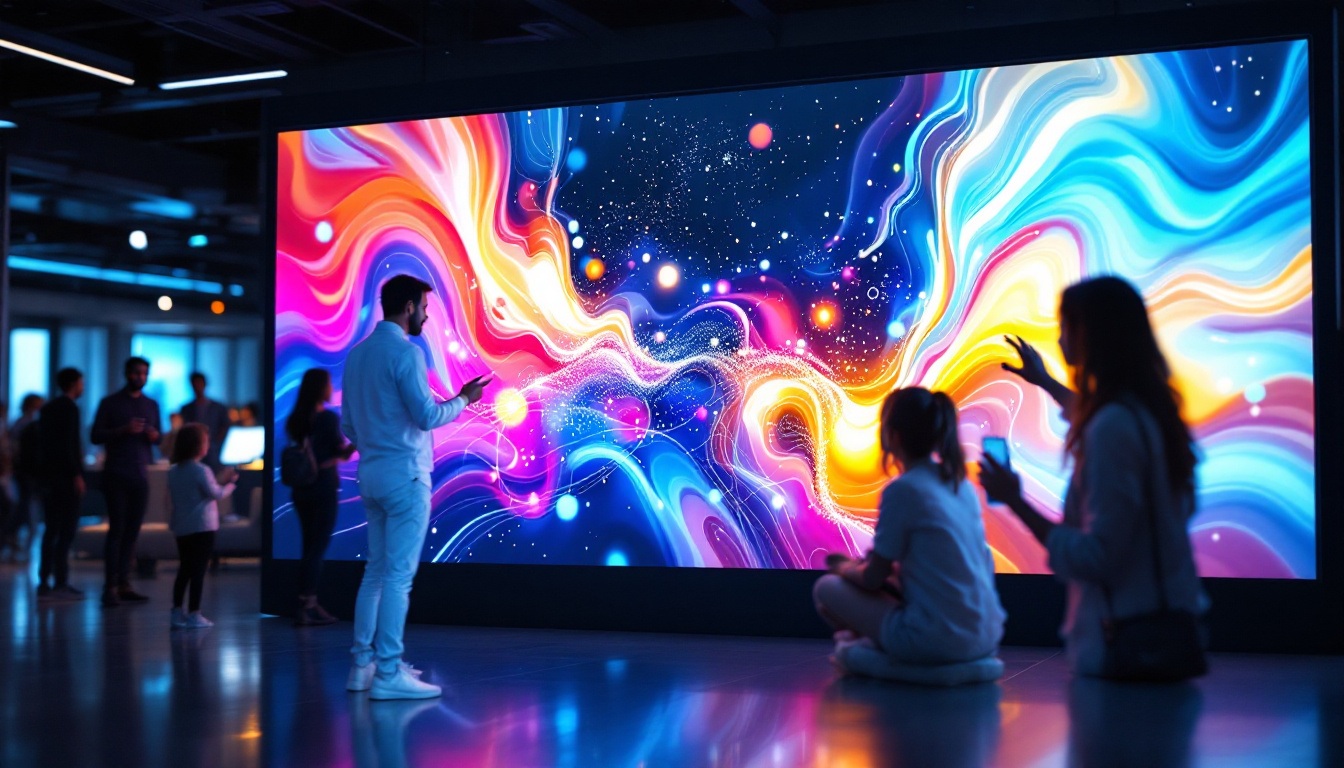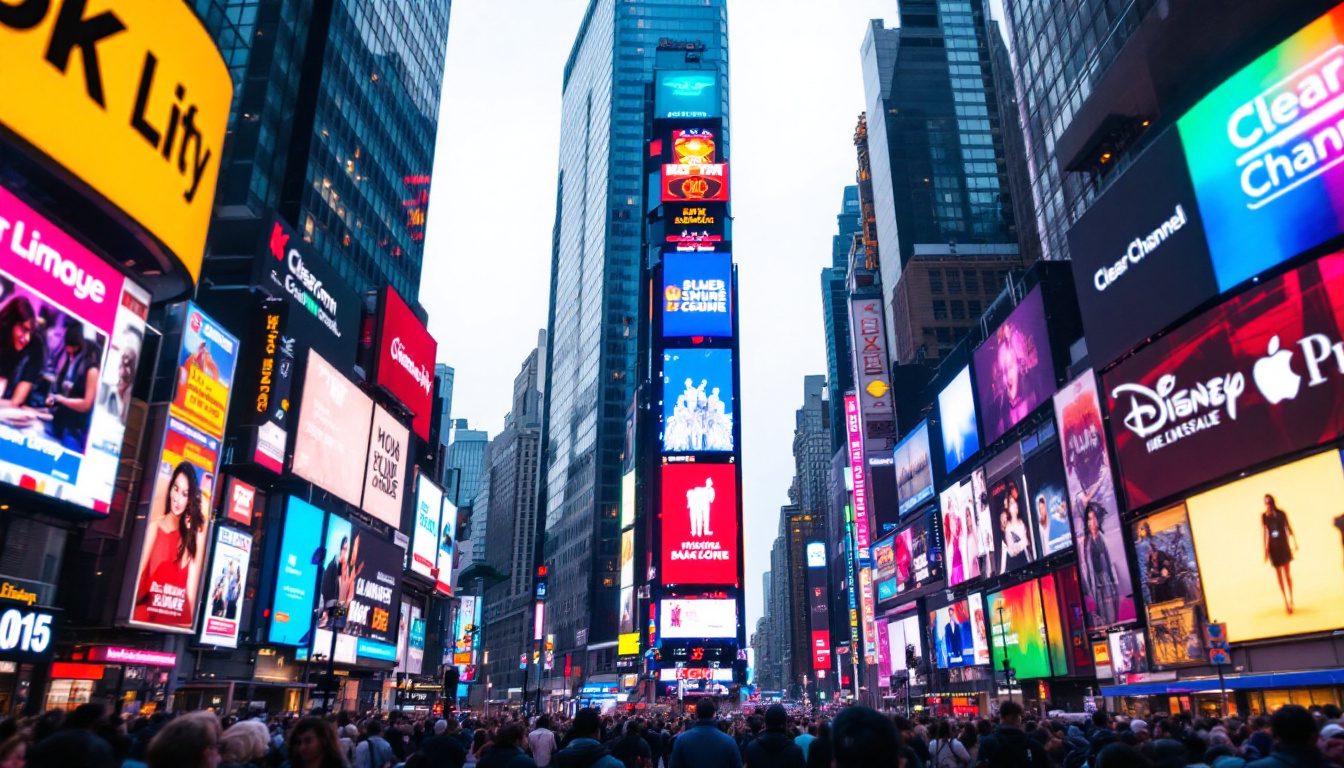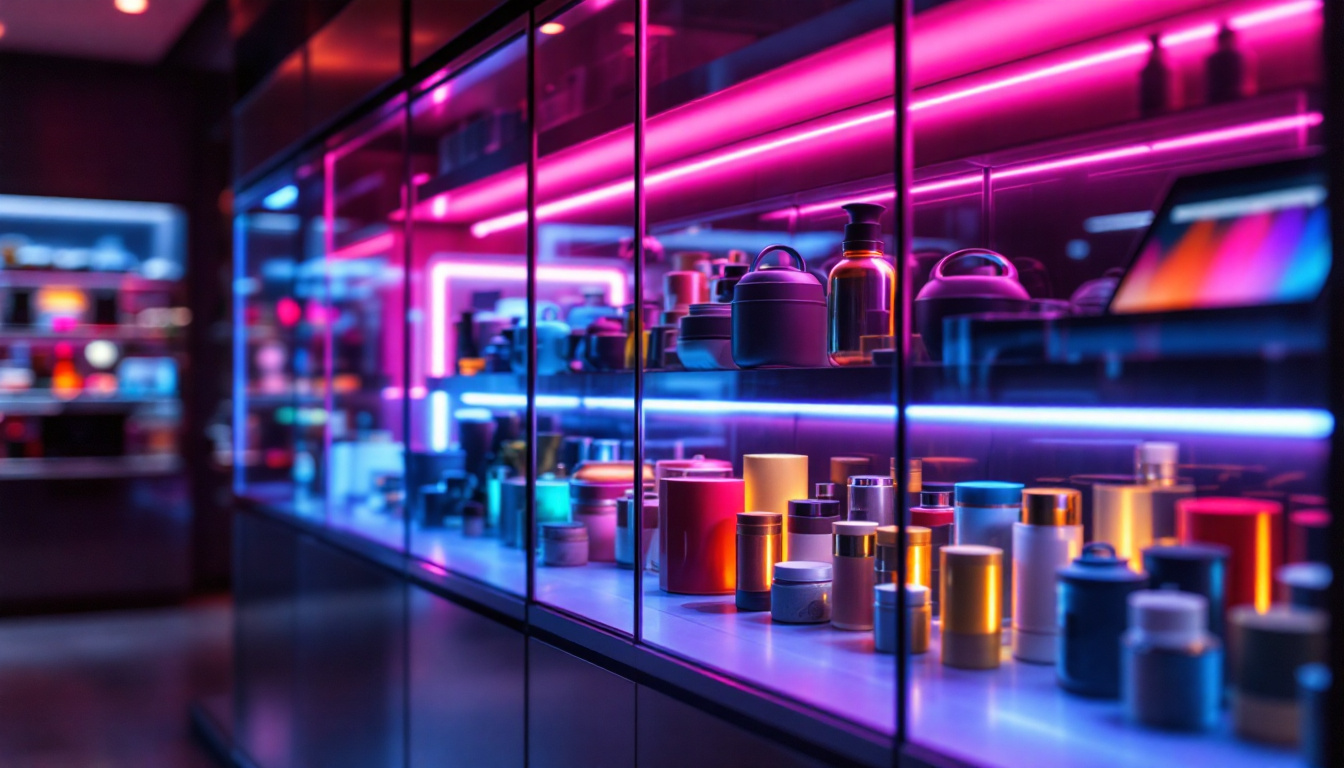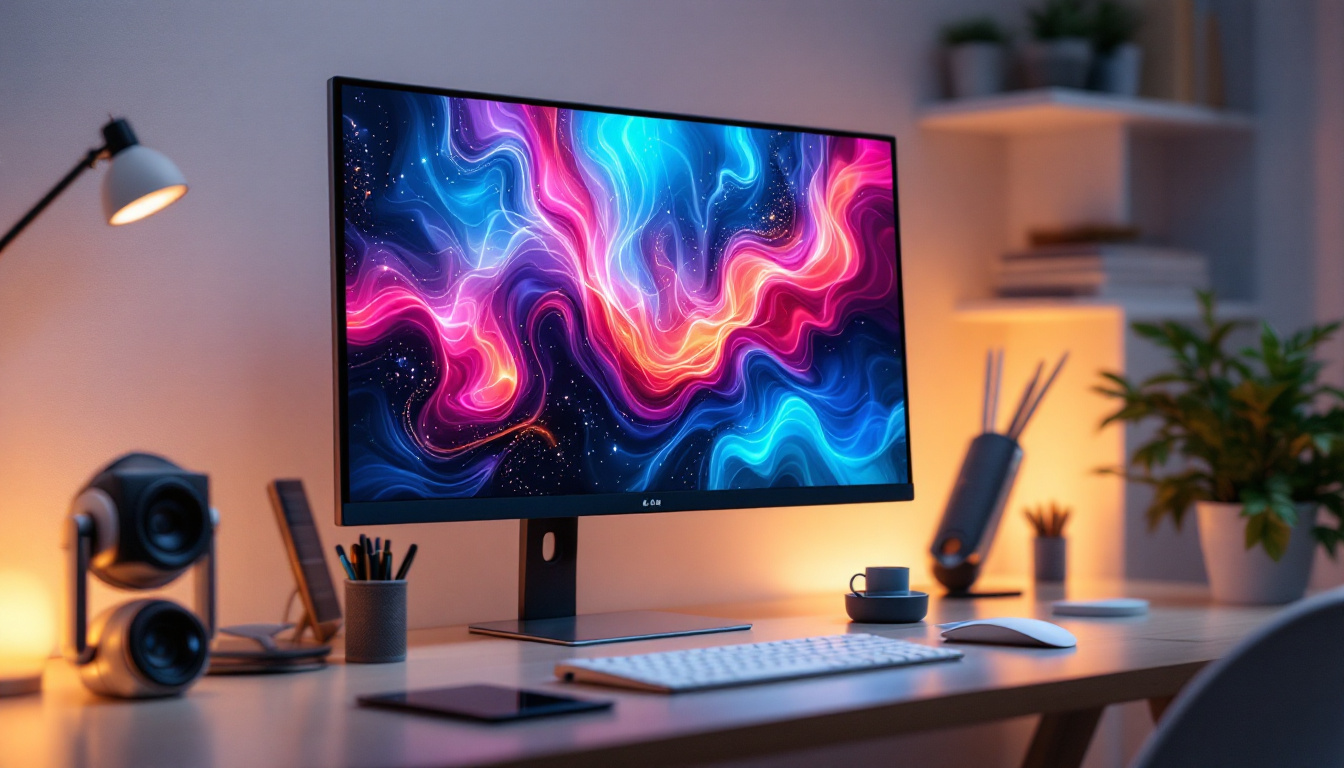In the realm of modern technology, light panelling has emerged as a revolutionary method for displaying information and visuals. The integration of LED (Light Emitting Diode) technology into panelling systems has transformed how we interact with digital content, providing vibrant colors, energy efficiency, and versatility. This article delves into the intricacies of LED displays, exploring their components, applications, and the future of light panelling.
Understanding LED Technology
LED technology is at the heart of light panelling systems, offering a myriad of advantages over traditional display methods. Primarily, LEDs are semiconductor devices that emit light when an electric current passes through them. This fundamental principle allows for the creation of bright, efficient, and long-lasting displays.
How LEDs Work
The operation of LEDs is based on electroluminescence, where electrons recombine with holes within the device, releasing energy in the form of photons. The color of the light emitted depends on the materials used in the semiconductor. For instance, different combinations of gallium, arsenic, and phosphorous can produce a spectrum of colors, making LEDs highly versatile for various applications.
Furthermore, the compact size of LEDs enables manufacturers to design displays with high pixel density. This results in sharper images and text, which is particularly beneficial for applications requiring detailed visuals, such as advertising and broadcasting. The small form factor also allows for innovative designs, such as flexible displays that can be curved or shaped to fit unique spaces, expanding the creative possibilities for designers and advertisers alike.
Advantages of LED Displays
LED displays offer several advantages that make them a preferred choice in many industries. One of the most significant benefits is their energy efficiency. Compared to traditional incandescent bulbs, LEDs consume significantly less power, which translates to lower energy costs and a reduced environmental impact.
Additionally, LED displays have a longer lifespan, often exceeding 50,000 hours of use. This durability reduces maintenance costs and the frequency of replacements, making them a cost-effective solution in the long run. Their ability to perform well in various lighting conditions, including direct sunlight, further enhances their usability in outdoor settings. Beyond longevity and efficiency, LEDs also provide enhanced brightness and contrast ratios, which contribute to vibrant images that can capture attention even in challenging environments. This characteristic is particularly advantageous for outdoor advertising, where visibility is paramount, and can significantly influence consumer engagement and brand recognition.
Applications of Light Panelling
The versatility of LED displays allows them to be utilized in a wide range of applications across different sectors. From advertising to entertainment, the impact of light panelling is profound and far-reaching.
Advertising and Marketing
One of the most prominent applications of LED displays is in advertising. Digital billboards and signage have become ubiquitous in urban environments, capturing the attention of passersby with dynamic content. The ability to change advertisements in real-time allows businesses to target specific audiences effectively, making advertising campaigns more impactful.
Moreover, LED displays can be programmed to display various content formats, including videos, animations, and static images. This flexibility enables marketers to experiment with different strategies, optimizing their messaging based on audience engagement. Additionally, the integration of social media feeds into these displays can create a two-way interaction with consumers, enhancing brand loyalty and encouraging user-generated content that resonates with a wider audience.
Entertainment and Events
In the entertainment industry, LED displays have revolutionized the way events are experienced. Concerts, festivals, and sporting events often feature large LED screens that enhance the visual experience for attendees. These displays can create immersive environments, showcasing live feeds, graphics, and special effects that captivate audiences.
Furthermore, the use of LED technology in stage design has allowed for innovative setups that were previously unimaginable. The lightweight nature of LED panels enables intricate designs and configurations, providing designers with the freedom to create stunning visual narratives. For instance, 3D mapping techniques can transform the perception of stage space, making performances more engaging and visually arresting. This has led to a new era of creativity in live shows, where the synergy between light and sound can evoke powerful emotional responses from audiences.
Corporate and Educational Settings
In corporate environments, LED displays serve as effective communication tools. Digital signage in offices can convey important information, such as announcements, schedules, and performance metrics. This instant access to information fosters a more informed workplace and enhances productivity.
Educational institutions also benefit from LED displays, utilizing them for presentations, lectures, and interactive learning experiences. The ability to display high-resolution images and videos aids in knowledge retention and engagement among students. Beyond traditional classrooms, these displays can facilitate remote learning environments, allowing for real-time interaction between educators and students across different locations. This adaptability not only enhances the learning experience but also prepares students for a future where technology plays an integral role in education and collaboration.
Types of LED Displays
LED displays come in various types, each designed to meet specific needs and applications. Understanding the different types can help businesses and organizations choose the right display for their requirements.
Direct View LED Displays
Direct view LED displays consist of individual LED modules that are assembled to create a larger screen. These displays are known for their high brightness and excellent color reproduction, making them ideal for outdoor advertising and large venues. The seamless integration of modules allows for a continuous visual experience without visible bezels.
Moreover, direct view LED displays can be customized in size and shape, providing flexibility for unique installations. This adaptability is particularly beneficial for businesses looking to create eye-catching displays that stand out in competitive environments.
LED Video Walls
LED video walls are composed of multiple smaller screens that work together to form a larger image. These displays are commonly used in control rooms, broadcast studios, and large events. The modular design allows for easy upgrades and repairs, ensuring that the display remains functional over time.
Video walls can also be configured in various aspect ratios, accommodating different content formats. This versatility makes them suitable for a wide range of applications, from corporate presentations to artistic installations.
Flexible LED Displays
Flexible LED displays represent a cutting-edge innovation in the LED technology landscape. These displays can be bent and shaped to fit various surfaces, enabling creative applications in architecture and design. The flexibility of these panels opens up new possibilities for artistic expression and functional design.
From curved screens in retail environments to dynamic installations in public spaces, flexible LED displays allow for a seamless integration of technology and aesthetics. As this technology continues to evolve, it is expected to play a significant role in the future of visual communication.
Challenges and Considerations
While LED displays offer numerous advantages, there are also challenges and considerations that must be addressed. Understanding these factors is crucial for businesses and organizations looking to invest in light panelling technology.
Cost Implications
The initial investment for LED displays can be significant, particularly for high-quality models. While the long-term savings on energy and maintenance costs can offset this initial expenditure, organizations must carefully evaluate their budgets and financial capabilities before making a purchase.
Additionally, the cost of installation and ongoing content management should be factored into the overall investment. Businesses may need to allocate resources for training staff or hiring professionals to manage the display content effectively.
Environmental Considerations
Despite their energy efficiency, the production and disposal of LED displays raise environmental concerns. The manufacturing process involves the use of rare materials and chemicals, which can have a negative impact on the environment if not managed responsibly.
Organizations should consider sourcing displays from manufacturers that prioritize sustainability and environmentally friendly practices. Furthermore, implementing recycling programs for old displays can help mitigate the environmental footprint associated with LED technology.
The Future of Light Panelling
The future of light panelling and LED displays is bright, with ongoing advancements in technology poised to enhance their capabilities further. As industries continue to evolve, the demand for innovative display solutions will only increase.
Integration with Smart Technology
One of the most exciting developments in the LED display landscape is the integration of smart technology. As the Internet of Things (IoT) continues to expand, LED displays will become increasingly interconnected with other devices and systems. This integration will enable real-time data sharing, personalized content delivery, and enhanced user experiences.
For instance, smart LED displays can adapt their content based on environmental factors, such as weather conditions or audience demographics. This level of customization will allow businesses to engage their audiences more effectively, driving higher levels of interaction and conversion.
Advancements in Display Quality
Technological advancements are also expected to improve the quality of LED displays significantly. Innovations in pixel density, color accuracy, and brightness will enhance the visual experience for users. As display technology continues to evolve, the line between reality and digital content will blur, creating immersive environments that captivate audiences.
Moreover, the development of microLED technology promises to deliver even higher resolution displays with improved energy efficiency. This breakthrough could revolutionize various applications, from consumer electronics to large-scale installations.
Conclusion
Light panelling and LED displays have transformed the way information is conveyed and experienced across multiple sectors. With their energy efficiency, versatility, and vibrant visuals, LED displays are poised to play a crucial role in the future of communication and design.
As technology continues to advance, the applications and capabilities of LED displays will expand, offering new opportunities for businesses and organizations to engage their audiences. By understanding the intricacies of LED technology and its potential, stakeholders can make informed decisions that drive innovation and success in their respective fields.
In summary, the journey of light panelling is just beginning, and the possibilities are endless. Embracing this technology can lead to enhanced communication, improved user experiences, and a brighter future for all.
Discover the Future of LED Displays with LumenMatrix
Ready to elevate your visual communication and captivate your audience like never before? Explore LumenMatrix’s comprehensive range of LED display solutions, where innovation meets practicality. From Indoor and Outdoor LED Wall Displays to specialized options like Vehicle, Sports, and Floor LED Displays, LumenMatrix offers tailor-made solutions to fit your unique needs. Experience the power of Custom, All-in-One, and Transparent LED Displays designed to make your brand shine. Check out LumenMatrix LED Display Solutions today and join the revolution in light panelling technology.

